v12.07.14
Art, Architecture and Design
This article spotlights a particular building or some other aspect of Columbus design. I welcome your comments, corrections and additions. Please share your experience and perceptions of these uniquely Columbus projects.
 Southside Elementary School (originally Southside Junior High)
Southside Elementary School (originally Southside Junior High)
- Built: 1969
- Architect: Eliot Noyes (Eliot Noyes & Associates – New Caanan, Connecticut)
- Associate Architect: Alan Goldberg
- General Contractors: Repp and Mundt
- Renovation/conversion to Elementary School: 1983
This is yet another unique school building that still raises adverse opinions from many in the community. It appears as a stern fortress slightly elevated on it’s flat landscape adjacent to the Bartholomew County Fairgrounds. It has jutting parapets and unusual window and door treatments which give it a castle-like (some say a prison-like) appearance. Parents who despair of their children being imprisoned inside this “tomb” are often unaware that architect Eliot Noyes had originally entered an earlier version of this building in a competition for a prison contract! In defense of this building it is very open and light-filled and has many interesting features. This building is a good example of Brutalist architecture. The word brutalism was actually derived from the French phrase “béton brut” meaning raw concrete. It usually refers to large forms like this school constructed of poured and unfinished concrete. Noyes designed it to be “larger than life”, reminding one resident of the massive simplicity of ancient Rome.
Eliot Noyes designed the school with energy conservation in mind. The exterior and interior walls are of pre-cast concrete and were allowed to remain in their natural state minimizing maintenance of these surfaces. The monolithic exterior walls are pre-cast concrete that are weight bearing as well as providing sunshading of the windows. Building materials used were pre-cast concrete, reinforced concrete and concrete block. The structure of the building is reinforced concrete joists with the ceiling a series of deep 25 inch wide pan-molded coffers that establishes the basic module of the building
The stark concrete interior spaces are warmed and enlivened by walnut-stained oak woodwork and furniture with carpeted hallways and classrooms and a slate floor in the commons area. Lighting (both natural and man made) were used in imaginative ways to make up for the lack of finish and ornamentation on the walls. The building in its original configuration was designed for 1200 students with 33 classrooms.
When the building opened it employed a self-contained power plant that Noyes called a “total energy system”. Contained within its own glass-walled adjacent building were 4 donated Cummins generators which provided all heat, air conditioning and electricity to the building. This total power system was intended to be a single source fuel system: coal, oil or natural gas was used to provide power for all the other utility services. I don’t believe the system is still being used in its original configuration.
The building was slightly elevated on a 4 foot earth berm above the flat 33 acre site. The landscaping was extensively sculpted and contoured for its visual look as well as for storm water runoff. Since there were no city sewers serving the country site, a lagoon was dug to contain the storm water runoff.
Entering the main entrance at the intermediate level one encounters the centerpiece of the building: the sunny, central, enclosed courtyard – the commons. The commons is a two story skylighted area in the center of the building. Noyes saw the building as a city with the commons area as its town square. Open stairways lead to the second floor classrooms. All the major special purpose areas and classroom corridors can be reached directly from the two commons levels. On the commons stairwell walls are brightly-colored abstract murals designed by Ivan Chermayeff and commissioned by Mr. and Mrs. J. Irwin Miller. Chermayeff was an artist who had worked previously with Noyes on some of his industrial design work. The upper-level classrooms were grouped in 4 clusters each with a resource center, classrooms, small seminar rooms and smaller conference rooms. The corridors were designed as short loops feeding into each cluster section.
To the left of the main entrance is a 400 seat auditorium that can also be subdivided into three sound-isolated areas. The auditorium was designed to be used for community events as well. The Optimists club used the large projection screen in the auditorium for a community travel lecture series for several years after the school opened. It is often used for community concerts and meetings. The lower level contains the gymnasium and other athletic facilities, a swimming pool and additional classrooms.
In 1983, the school was converted to an elementary school to meet the changing needs in the area. In 2001, there was a plan to convert the building back to a middle school and build a new elementary on an adjacent space. Unfortunately the plan which was part of a long-term multi-package school construction/renovation project was voted down in a taxpayer referendum.
 Power Station building (photo by Ricky Berkey)
Power Station building (photo by Ricky Berkey)
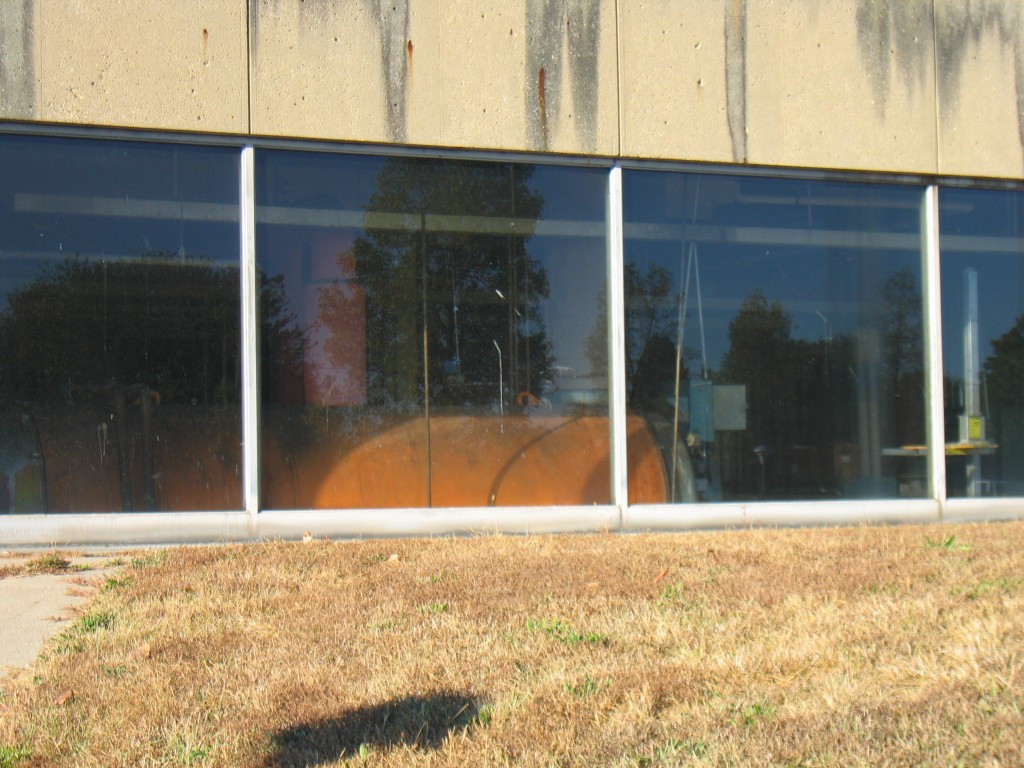 Power Station building (photo by Ricky Berkey)
Power Station building (photo by Ricky Berkey)
The Architect
 Eliot Noyes
Eliot Noyes
- Born Aug 12, 1910 in Boston
- Died July 18, 1977
- Harvard University, 1938
Eliot Fette Noyes was born in Boston but soon after his family moved to Colorado. When he was 7, the family moved to Cambridge, Massachusetts where his father taught English at Harvard and his mother was an accomplished pianist. When he first began studying architecture at Harvard they were still teaching in the tradition of the classic Beaux-Arts movement. While at Harvard, Noyes met Le Corbusier and had his mind shifted to the emerging modernist/international style of architecture being expressed at the Bahaus in Dessau, Germany. His final years at Harvard were noted by a radical shift of the school to that emerging modernist spirit with the arrival of Walter Gropius and Marcel Breuer to the faculty.
He began his career working for the firm of Walter Gropius and Marcel Breuer. Later he became the director of the Department of Industrial Design at the Museum of Modern Art (MOMA) in New York. In 1947 he founded Eliot Noyes & Associates in New Caanan, Connecticut. Other architects living and practicing in New Caanan at the time were Phillip Johnson, John M. Johansen, Marcel Breuer and Landis Gores. Together they became known as the “Harvard 5”, representing Harvard graduates breaking away from the classic forms of architecture that were traditionally taught there. Noyes was a great advocate of simplicity in design and honest expression of materials, which he incorporated into his commercial, institutional and residential building designs. He was an advocate of functional modernism in the tradition of Le Corbusier, Gropius and Breuer.
Perhaps more interesting than his architecture has been in work as an industrial and corporate designer. As a designer for IBM he created a corporate-wide identity program along with Paul Rand and Charles Eames. Noyes designed the iconic IBM Selectric typewriter as well as numerous other products as well as buildings for the company. As a designer and consultant he executed amazing designs for 60’s Mobil gas stations with the classic rounded gas pumps and other features. Numerous design projects were done as well for Cummins Engine, Westinghouse and many others. He saw his job as a designer to involve more that just hanging abstract art on corporate headquarters walls. Noyes was an advocate for corporations to integrate their product lines, their displays, advertising, architecture and graphic design into one cohesive program.
Noyes designed pavilions featured at five different World Fairs. He is recognized for his design of the World’s Fair pavilions for IBM at Brussels, Belgium, and San Antonio, Texas ; the Westinghouse Pavilion at the New York World’s Fair; and the United Nations Pavilion at Expo ’67 in Montreal, Canada.
Selected Projects
Tallman House (New Canaan, Connecticut) – 1950
Bremer House (New Canaan, Connecticut) – 1950
Ault House (New Canaan, Connecticut) – 1951
Weeks House (New Canaan, Connecticut) – 1953
Noyes House (New Canaan, Connecticut) – 1955
IBM Selectric Typewriter – 1961
IBM Aerospace Building (Los Angeles, California) – 1964
IBM Building (Garden City, New York) – 1966
Southside Junior High School (Columbus, Indiana) – 1969
Wilton Library (Wilton, Connecticut) – 1974
Links/References
City of Columbus: official City of Columbus website
Columbus Indiana Architectural Archives
Columbus Indiana Architecture Digital Archives: A small portion of the Columbus Indiana Architectural Archives available online from the IUPUI digital library
3D Models of Columbus Architecture Executed in Google SketchUp:
The Republic Newspaper – Columbus, Indiana newspaper
Bartholomew County Public Library
Historic Columbus Website – David Sechrest’s tribute to Columbus History
Historic Columbus Message Board – a companion interactive forum to the David Sechrest historical website
Bartholomew County Historical Society
 Click HERE for a Calendar of Upcoming Events in the Columbus Area.
Click HERE for a Calendar of Upcoming Events in the Columbus Area.
Click HERE for information about Tours of Columbus Architecture and Design including the Miller House.
 Ricky Berkey
Ricky Berkey
Email me: rickyberkey@gmail.com

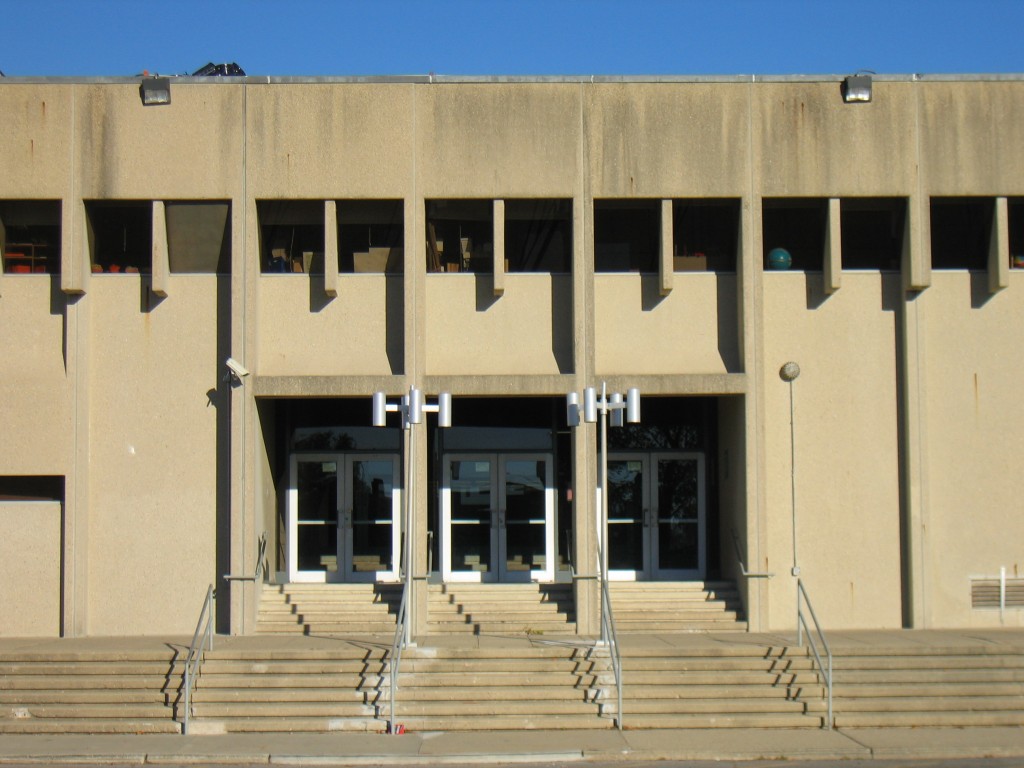
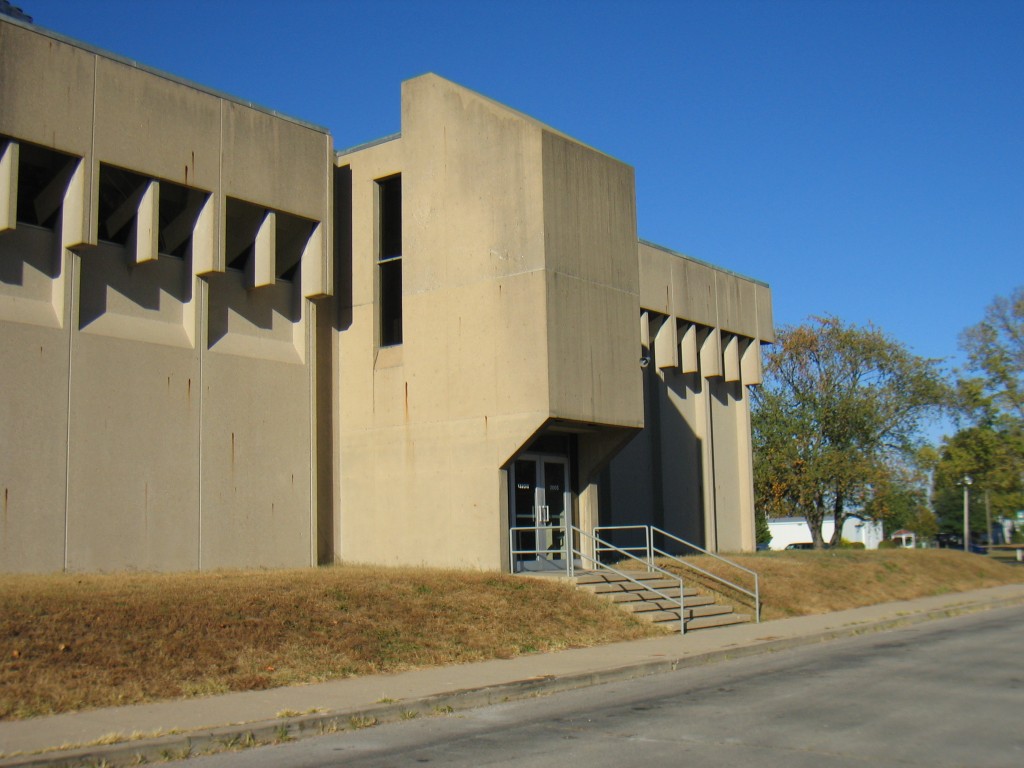
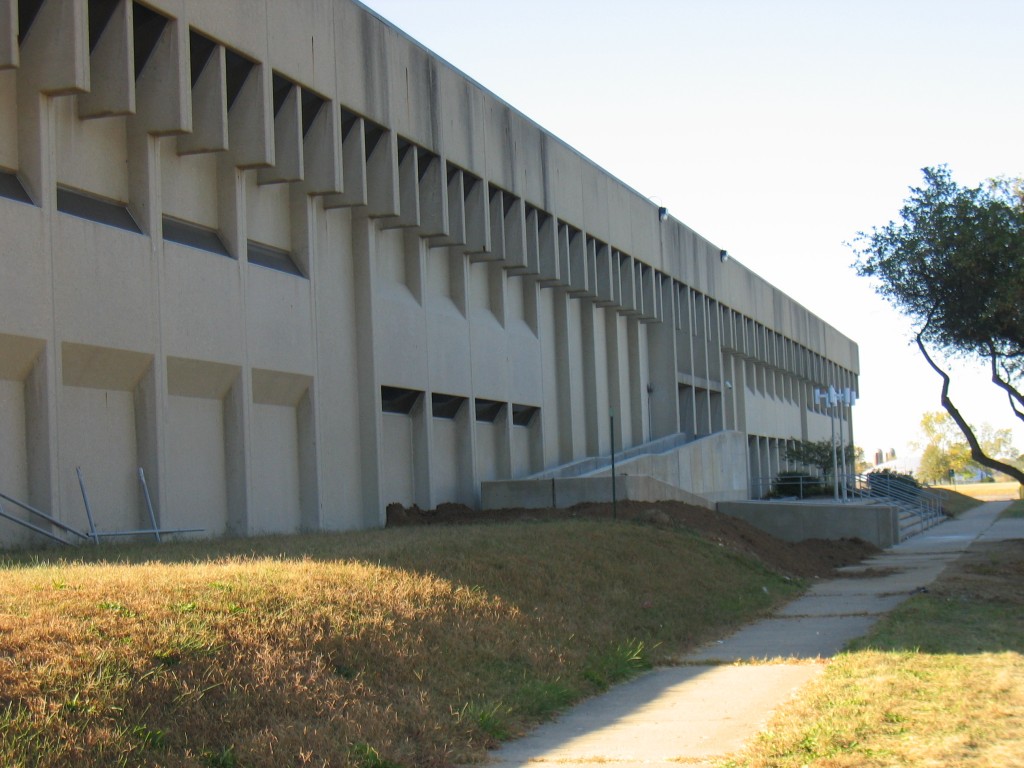

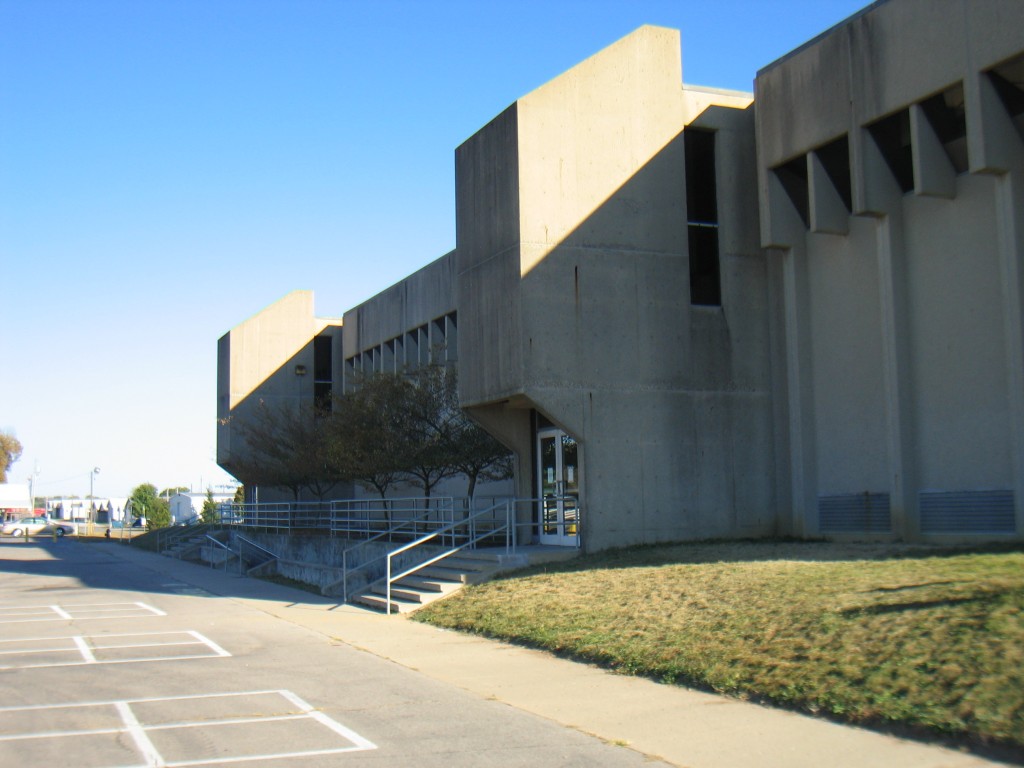
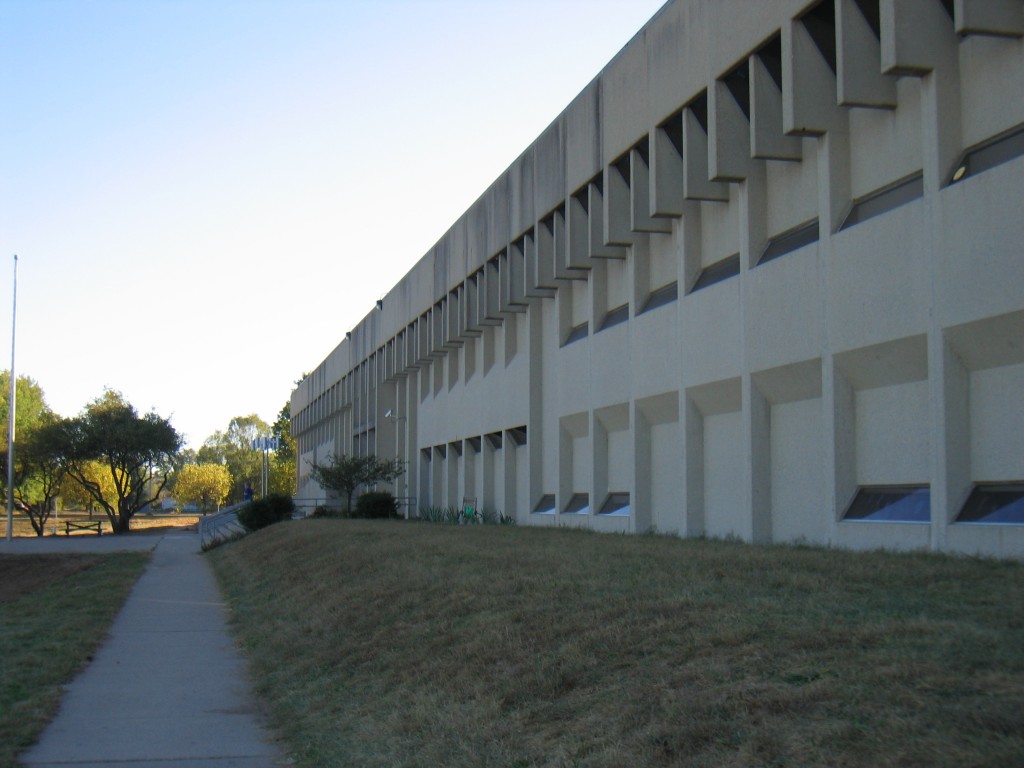
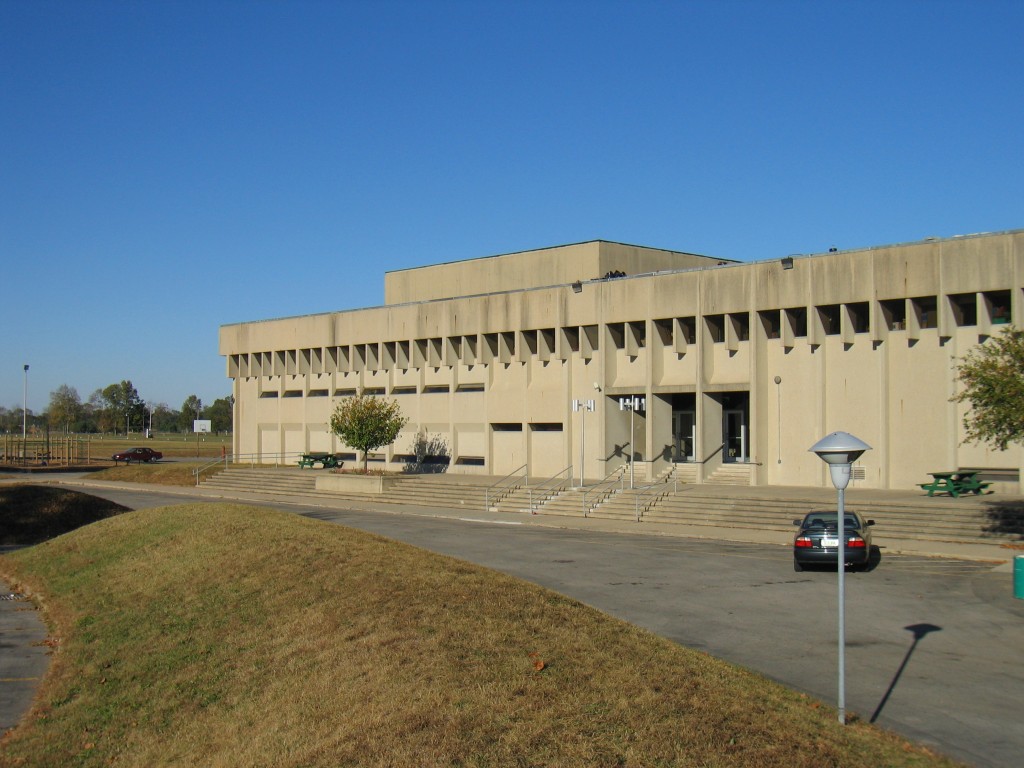
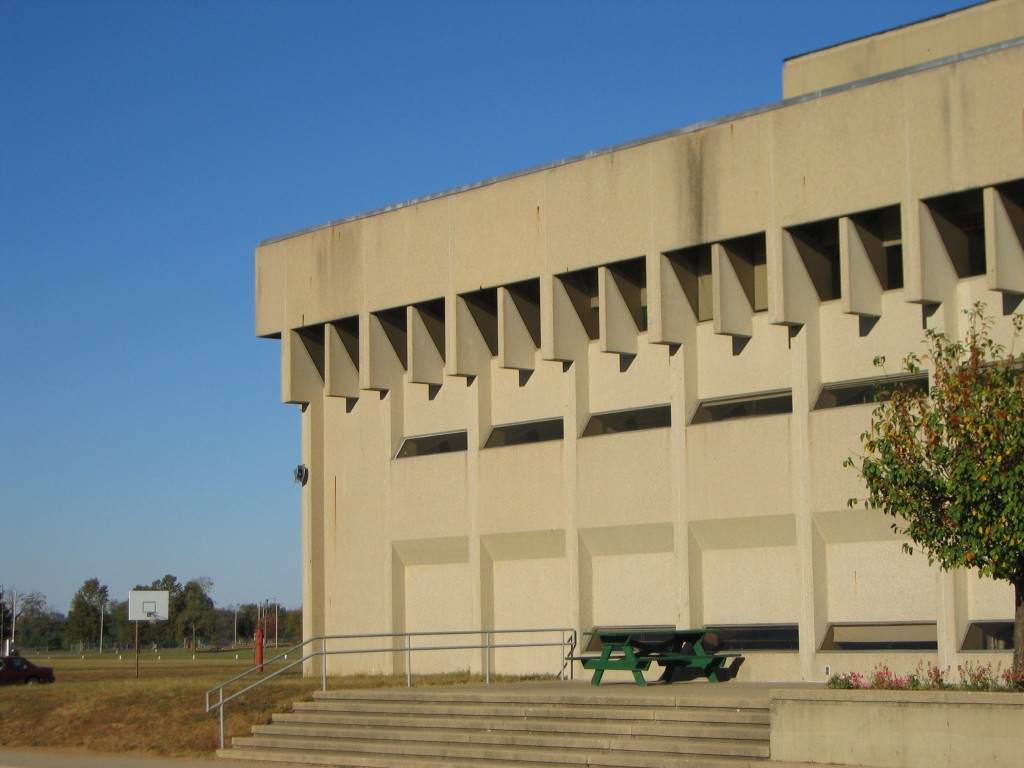
Reading left to right:That enterprising bird is deleiirvng some serious takeout.I hope the building is more cohesive/handsome close-up, not that it matters. Harvard University has the hands down ugliest math/science building/campus ever. Our local univeristy is sublime in comparison.I wish I was in design school. Without it I’ll go to my grave feeling bent, spindled, and wistful.
This is by far the most ugly school building ever created. I thought I was driving by a prison until I noticed it was actually a school. This “project” only illustrates the incompetency of our government and as a community we should take every step possible to dismantle this atrocity and replace with something that makes kids not regret their existence. We need beautiful architecture that invokes the best from human beings. Not a monolithic slab of no creativity. Let’s take action and change the world in name of the children.